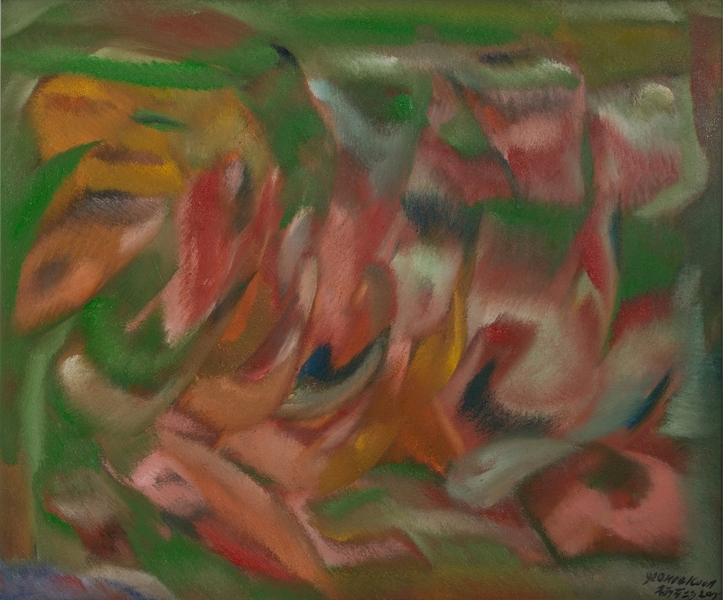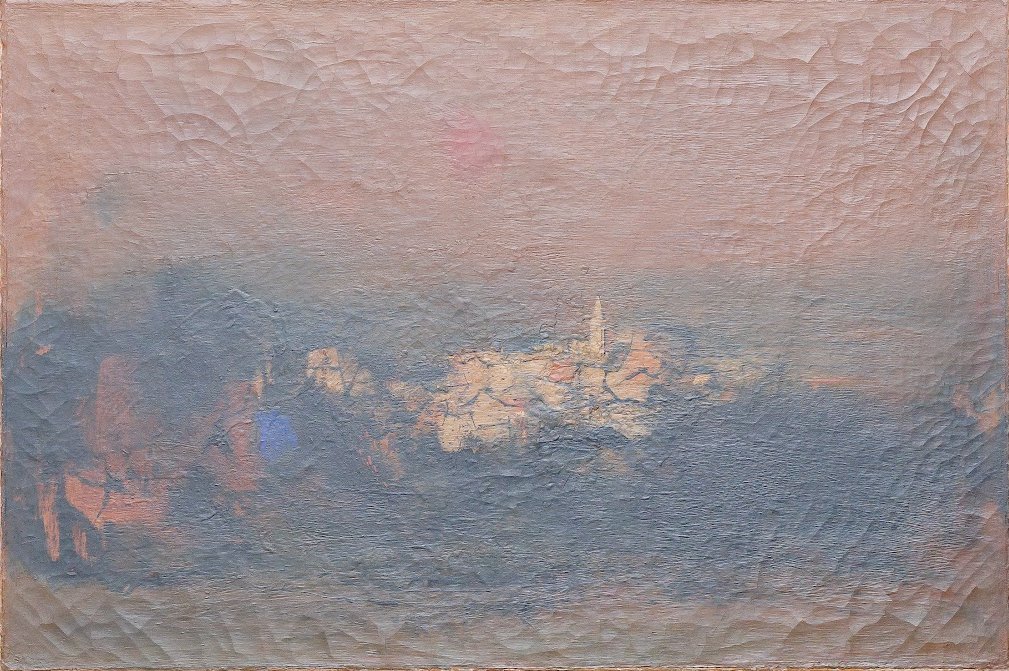Acrylic Painting on Canvas Team Bonding Art Jamming Singapore Visual Arts Centre
























Yeo Hoe Koon
Oil on Canvas
64 x 89.5 cm
Price Range: $16,000 - $20,000

Yeo Hoe Koon
Oil on Canvas
101 x 123 cm
Price Range: $26,000 - $32,000

Chen Wen Hsi
Chinese Ink and Color on Paper
50 x 54cm
Price Range: SGD $42,000 - $50,000

Cheong Soo Pieng
Red Tone
61 x 91.5cm
Price Range: SGD $108,000 - $138,000

Cheong Soo Pieng
Abstract Landscape
50 x 61cm
Price Range: SGD $95,000 -$128,000

Fan Shao Hua
Chinese Ink and Colour on Paper
100 x 100cm
Price Range: SGD $9,800 - $14,800

Fan Shao Hua
Chinese Ink and Colour on Paper
100 x 100cm
Price Range: SGD $8,800 - $13,800

Every child is a unique artist. Learning art is always fun and exciting – getting your hands dirty and dabbling in paints, drawing and sketching.
Play is an important part of growing up. Instead of letting your child be engrossed in computer games and mobile devices, try something more wholesome! Art can be a great companion – it encourages creativity, is fun and exciting and can keep your kids away from technology!
Creativity can be cultivated in young learners, through controlled exposures of art related activities. When encouraging children to do art, they are exposed to ways of being creative and thus, can develop a positive attitude towards self-expression.
When learning art, children are encouraged to develop their fine and gross motor skills. You will be amazed how learning how to draw and sketch can drastically improve a child’s writing and penmanship.
Problem-solving skills are developed when a child learns art. When encouraged to try out and explore new methods of art-making, a child may find that things may not work out the way he wants it to. As such, when a child would be encouraged to improvise and turn their mistakes into learning points! Going for art classes would help develop your child’s curiosity and imagination. This will make them less afraid of having fun and making mistakes!
Art activities encourage spontaneity! When kids engage in art activities, lots of experimentation and testing is usually involved. Kids will have to find methods that work for them and learn how to adapt and improvise. Hence, allowing your kids to engage in art activities can make them more adaptable learners in the future!
As a parent, you may be confused and not know how to start creatively encouraging your child to express yourself. Leave the work to us – sign your kids up for the Kids’ Art Camp this June Holidays and let the creative juices flow!
Details:
Recommended for ages 10 and above
Camp Dates: 3-4 June
Mondays and Tuesdays
Price: $240
All materials are provided
**We are currently running a promo! Early bird discount when you sign up before 25 May 2019! 15% off at $204 (U.P. $240nett/pax) All materials provided.**
Hurry, sign up before its too late!
For registration or any enquiries, contact Visual Arts Centre at 6255 0711/ 6733 2155 or drop us an email at info@visualartscentre.sg!
|
|
|||||||||||||||||||||||||||||||||||||||||||||||||||||||


SAT |
10:30am - 12:45pm1pm - 3pm
|
SAT |
|
10:30am - 12:45pm1pm - 3pm
|
|



Address:
10 Penang Road, #01-02 Dhoby Ghaut Green,
Singapore 238469
Exit from Dhoby Ghaut MRT Station Exit B and turn left, we are there in 30m!

Address:
AZ@Paya Lebar, 140 Paya Lebar Road, #03-04,
Singapore 409105
Exit from Macpherson MRT Station Exit A and turn left, we are right across the road, 1 minute walk away!
Have any questions? Please drop us an enquiry form and we’ll respond to you as soon as we can!
"*" indicates required fields
Click and get to our WhatsApp
Embark on a captivating journey into the vibrant world of digital art! Our Foundation in Digital Art workshop invites budding creatives aged nine and above to unleash their imagination and hone their artistic skills in a dynamic, supportive environment. From mastering basic digital tools to crafting mesmerizing digital masterpieces, children will explore a spectrum of techniques guided by seasoned mentors. Through hands-on activities and interactive sessions, participants will discover the endless possibilities of digital expression while fostering creativity and critical thinking. Join us for an exhilarating adventure where young artists transform ideas into stunning visual realities, igniting a passion for digital art
In the Batik Introduction Handkerchief Painting workshop, participants will learn the traditional art of batik, a wax-resist dyeing technique originating from Indonesia. The workshop begins with a brief history and overview of batik, highlighting its cultural significance and various techniques. Participants will then observe a demonstration of applying wax with tjanting tools and dyeing the fabric. Following the demonstration, each participant will design and create their own batik handkerchief, applying wax to create patterns and then dyeing their fabric. The workshop concludes with a group discussion, allowing participants to share their creations and reflect on their learning experience.